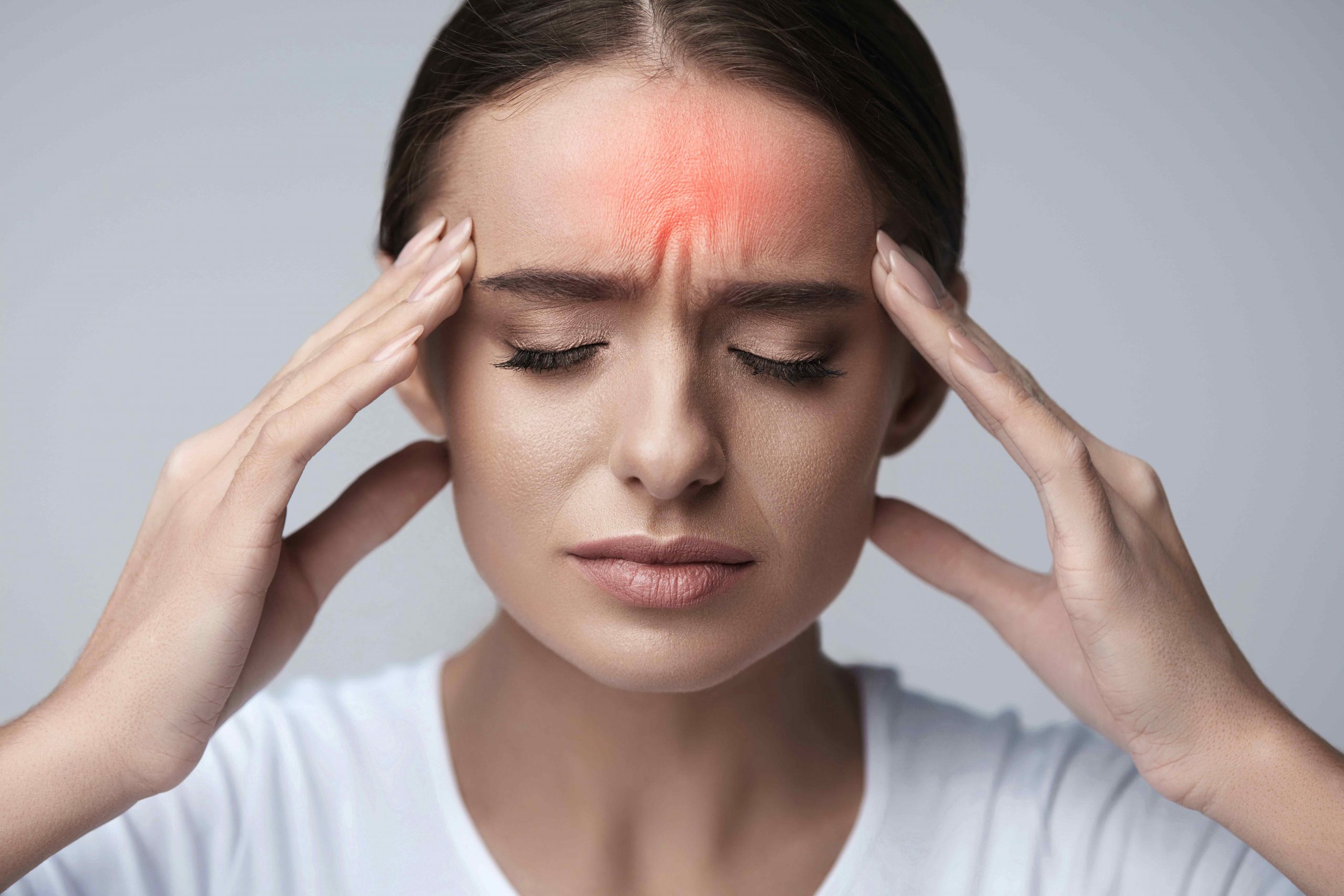Headaches and migraines are common ailments that affect millions of people worldwide. They can be incredibly debilitating, causing throbbing pain, sensitivity to light and sound, and even nausea.
While there is no one-size-fits-all remedy for these conditions, there are several effective remedies and prevention strategies that can provide relief and reduce the frequency of episodes.
Understanding the Types and Triggers

Before diving into the remedies and prevention strategies, it is essential to understand the different types of headaches and migraines and the triggers associated with them.
Tension headaches, cluster headaches, and migraines are the most common types, each characterized by distinct symptoms and patterns and you can find out more at Kopfschmerzen-frei.de.
Triggers vary from person to person but may include stress, certain foods (such as chocolate or processed meats), dehydration, lack of sleep, hormonal changes, and environmental factors like bright lights or strong odors. Identifying individual triggers is crucial for effective management.
Remedies for Relief

- Over-the-counter pain relievers – Non-prescription pain medications like ibuprofen or acetaminophen can provide temporary relief from mild to moderate headaches. However, long-term or excessive use of these medications may lead to medication-overuse headaches, so it is important to follow the recommended dosage.
- Rest in a quiet, dark room – Finding a calm and comfortable environment can help alleviate symptoms. Resting in a quiet, dark room can reduce sensory stimulation and provide relaxation, especially during a migraine attack.
- Apply cold or hot compresses – Placing a cold or hot compress on the forehead or back of the neck can help alleviate pain. Cold compresses are often more effective for migraines, while hot compresses may be soothing for tension headaches.
- Massage and relaxation techniques – Gentle massage or relaxation techniques like deep breathing, meditation, or yoga can help reduce stress and tension, which are common triggers for headaches.
Prevention Strategies

- Maintain a regular sleep schedule – Establishing a consistent sleep routine, including sufficient hours of sleep, can help regulate brain activity and reduce the risk of headaches. Avoiding excessive daytime napping can also improve sleep quality.
- Stay hydrated – Dehydration is a common trigger for headaches and migraines. Ensure you drink an adequate amount of water throughout the day, especially in hot weather or during physical activity.
- Manage stress – Stress is a major trigger for headaches and migraines. Engaging in stress-reducing activities such as exercise, practicing mindfulness, or pursuing hobbies can help lower stress levels and prevent episodes.
- Identify and avoid triggers – Keeping a headache diary can help identify triggers specific to an individual. By tracking patterns and identifying triggers, such as certain foods, hormonal changes, or environmental factors, one can take proactive steps to avoid or minimize exposure.
- Consider complementary therapies – Certain complementary therapies, such as acupuncture, biofeedback, or cognitive-behavioral therapy (CBT), have shown promise in managing headaches and migraines. Consult with a healthcare professional to explore these options.
Conclusion
In conclusion, headaches and migraines can be debilitating conditions that cause much pain and discomfort. Thankfully, there are many effective remedies and prevention strategies to help reduce the frequency of these occurrences.
While it is important to understand the underlying cause of your symptoms before starting any treatment plan, taking small steps such as reducing stress levels or getting regular exercise can go a long way in helping you manage your headaches and migraines. With more knowledge about this condition, we can all work towards finding ways to live a life free from its symptoms.







